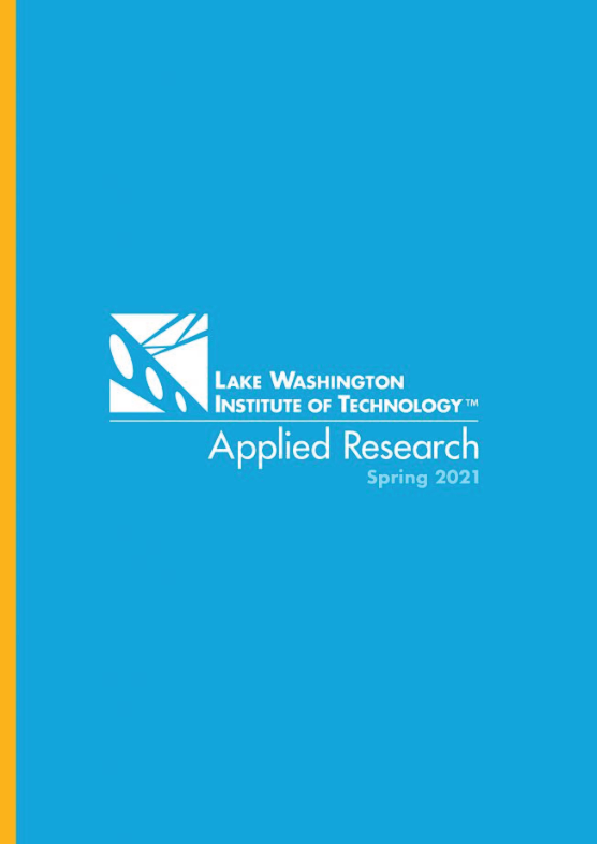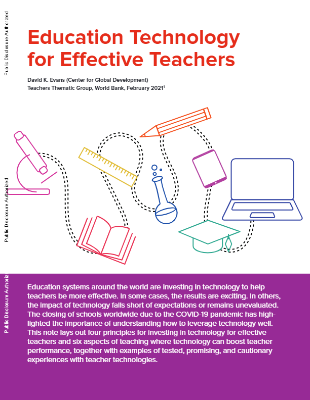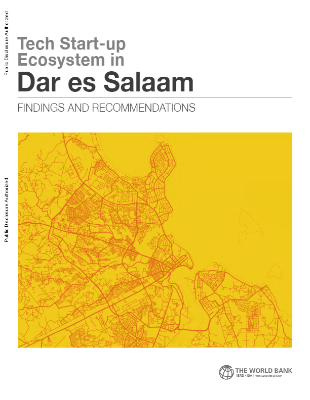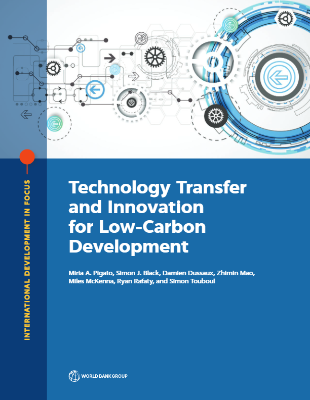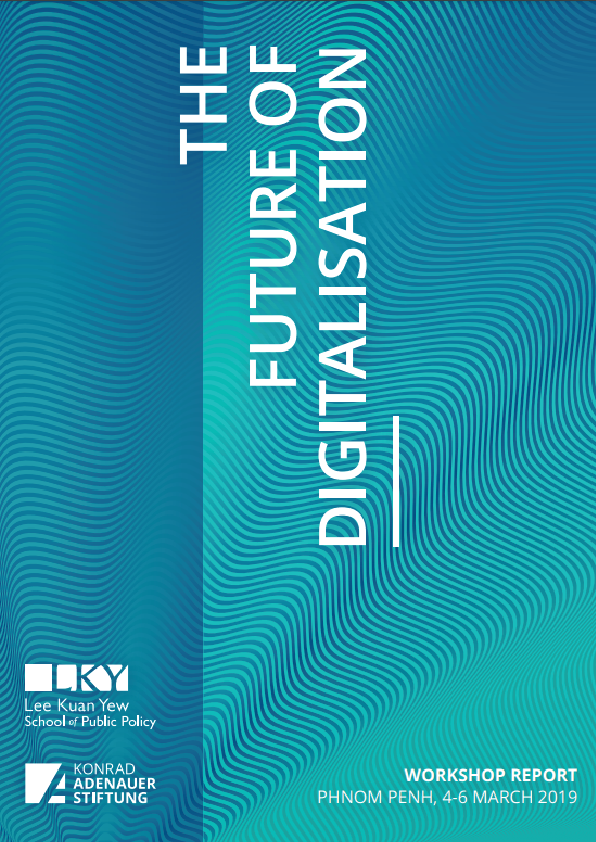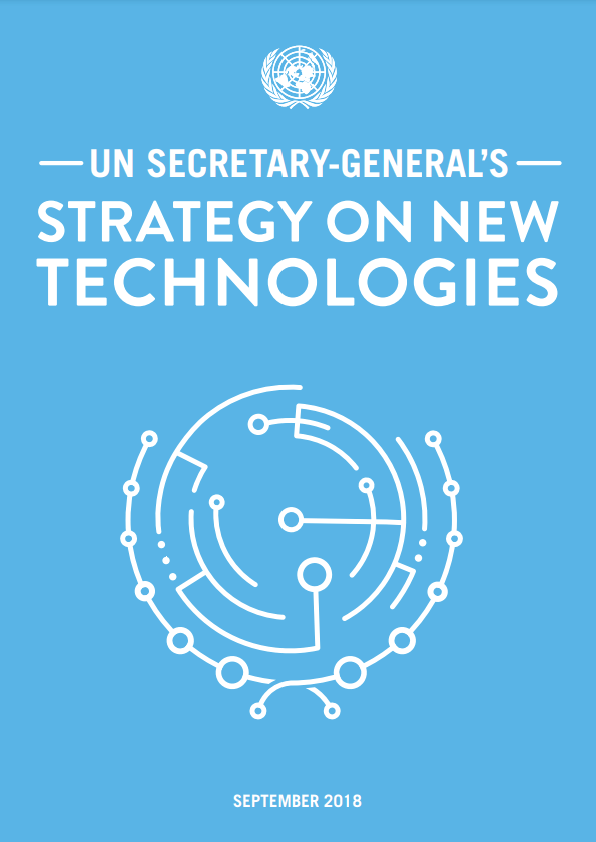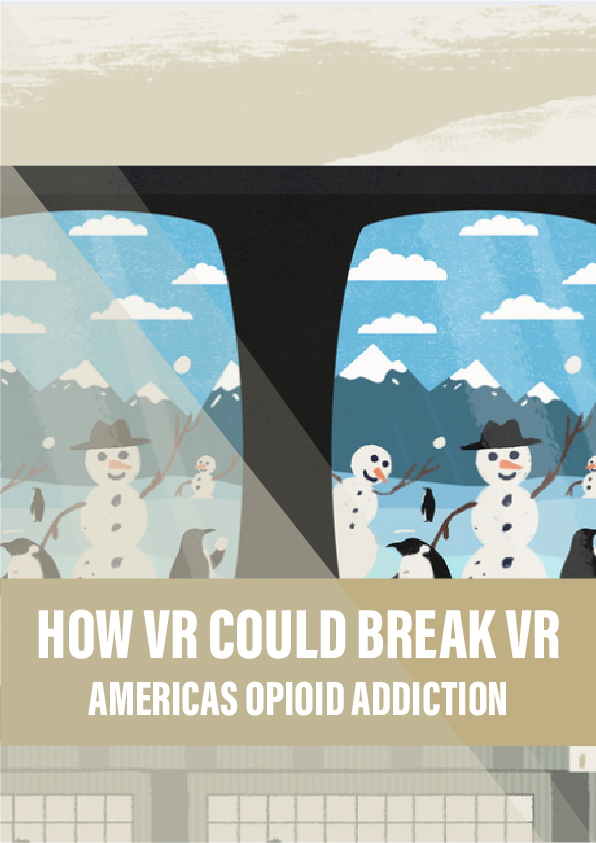Here, we will discuss the calculus of the clover-leaf shape. Using double integration with polar coordinates, we find the areas of these shapes. We use multivariable calculus-based methods to estimate the average height of water in a clover-shaped swimming pool. The methods we use are very generic that elucidate the calculus of clovers. Such studies have many real-world applications as the clover-leaf is a fundamental shape that manifests often in nature. Its shape is seen in leaves, flowers, tRNA, etc. T-RNA (transfer ribonucleic acid) is a type of RNA molecule that helps decode a messenger RNA (mRNA) sequence into a protein. Cloverleaf shapes are used in engineering design elements. The electronic d-orbitals have a three-dimensional cloverleaf shape. The Chandra observatory discovered exciting findings of clover-leaf quasars that provide evidence of large-scale star formation in the early universe. We have a cloverleaf interchange at the 85th street at Kirkland. The calculus of clovers thus has many applications in fundamental sciences, engineering, and transportation.
Steel is essential to build and maintain the modern world. However, producing steel involves burning large sums of coal or oil. Fossil fuels like these releases carbon into the atmosphere that was not part of the biosphere; which leads to climate change. Burning wood releases carbon that was already part of the biosphere which means no additional climate change. This project will explore the possibility of using wood as an energy source to melt steel. The pandemic has rapidly increased the demand for frontline healthcare workers. In December 2020, we surveyed healthcare workers to identify, assess and summarize research on the mental health impact of the COVID-19 pandemic on healthcare workers. Psychological problems were assessed using a generalized anxiety disorder scale, the Healthcare Worker Survey, and Anxiety Depression Test. Our results revealed a significant psychological impact of COVID-19 on healthcare workers.
The aim of this descriptive cross-sectional study was to see whether the COVID-19 pandemic influenced the decision by healthcare workers and non-healthcare workers to get a flu vaccine. From November 9th through the 21st of 2020, participants were invited to complete an online survey on how likely they were to get the flu vaccine in the year 2020, the start of the pandemic, versus pre-COVID 19, year of 2019. A total of 305 participants 18 years and older in Washington State participated in this study. Healthcare professionals were found to be more likely to get a flu vaccine compared to non-healthcare workers in 2020. Among participants 55 and older, flu vaccination did not vary from 2019 to 2020. Little mention of the COVID-19 pandemic was brought up in the completed questionnaires where participants were asked to state their reason for getting or not getting the flu vaccine. Out of the 305 participants, only 3 mentioned COVID-19 (less than 1% of all responses) as one of their reasons. It is recommended to get a flu vaccine during the COVID-19 pandemic as these two viruses share similar symptoms. In times of uncertainty, any prevention method can help decrease the risk of flu and COVID-19 infections. Through public health surveillance, results of this study can be updated as the pandemic continues. With the rise of COVID-19 vaccinations and flu season set to come around yet another year, administered flu vaccines may very well rise from the initial study.
